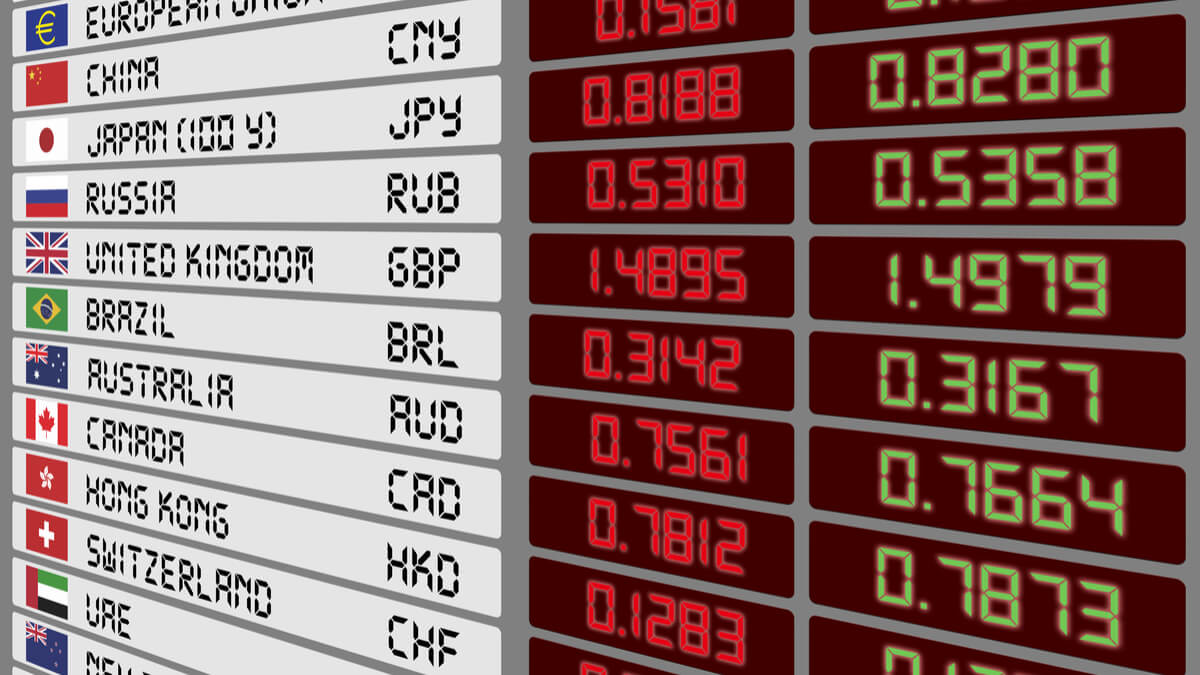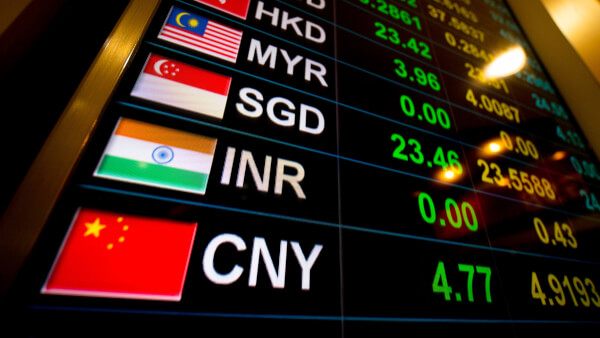BNP Paribas foreign exchange fees: understand and reduce costs
BNP Paribas charges exchange fees on foreign currency transactions. What are these fees and how can you save money?

Most traditional banks in France charge foreign exchange fees, commissions on payments and withdrawals, as well as a range of other variable charges that can be difficult to understand.
At Crédit Agricole, for example, the fee schedule for foreign exchange transactions isn’t always transparent. Yet, understanding these costs is key to managing your money efficiently and avoiding unnecessary expenses.
Here’s everything you need to know!
Alternatively, you could consider financial providers that use the interbank rate — also known as the mid-market exchange rate — for currency conversions, such as Wise.
With Wise, you can save on your international payments, withdrawals, and transfers by paying only minimal, transparent fees for each transaction.
In Crédit Agricole’s Charente-Maritime Deux-Sèvres tariff brochure, the exact exchange rate applied isn’t specified. To find out which rate will be used during your transaction, you’ll need to contact your local advisor directly.
However, the brochure does clearly state that exchange commissions apply to SWIFT international transfers.¹
To avoid these additional costs, you can choose financial providers that use the mid-market rate — a fairer and more transparent benchmark for currency conversion.
Crédit Agricole operates as a network of regional cooperative banks, so fees can vary slightly depending on your local branch.
The examples below are based on the Charente-Maritime Deux-Sèvres branch, but other regions tend to follow similar pricing.
Here are the fees you can expect for SEPA transfers within the Eurozone:¹
| Transfer type | Branch | Online |
|---|---|---|
| Occasional transfer to a Crédit Agricole account | Free | Free |
| Occasional transfer to another bank | €4.34 | Free |
| Receiving a SEPA transfer | Free | Free |
Note: When a transaction involves currency conversion, additional exchange rate fees may apply.
For international transfers outside the SEPA zone, here are the fees charged:¹
| Transaction type | Fees |
|---|---|
| Issuing a non-SEPA transfer | * Online: 0.088% (min. €18.40) * Branch: 0.11% (min. €23) |
| “OUR” option (sender covers all fees) | €26 |
| Receiving a non-SEPA transfer | €17 |
| Exchange commission | 0.055% (min. €19.00) |
As shown above, Crédit Agricole applies both transaction fees and exchange commissions on international transfers.
Here’s a look at typical Crédit Agricole card fees outside the SEPA zone:¹
| Transaction type | Fees applied |
|---|---|
| ATM withdrawals outside the EEA | * €5.90 * Free with the Mozaïc Black card, Globe Trotter27 offer, or a deferred debit card |
| Card payments outside the EEA | * 2.80% * Free with the Mozaïc Black card, Globe Trotter27 offer, or a deferred debit card |
Crédit Agricole does not specify the exact exchange commission or rate used for these operations.
To reduce these charges, you could use Wise, which converts your money at the mid-market exchange rate and shows all fees clearly upfront.
With Wise, you can hold up to 40+ currencies, have 8+ local account details, and send transfers to 140+ countries — with no monthly account fees.
If you plan to travel abroad from France or make transactions in foreign currencies, here are some common questions about exchange rates and fees.
In addition to Crédit Agricole’s withdrawal fees, local banks abroad may charge a commission for using their ATMs.
These fees vary by institution and country — and depending on local regulations, they might not appear on your statement, which can lead to unexpected costs.
Different types of currency markets influence the rate applied to your transactions:
The rate you receive depends on whether you’re buying or selling foreign currency:
Exchange rates mainly vary due to supply and demand — when a currency is in high demand, its value rises.
However, macroeconomic factors like inflation, interest rates, and purchasing power in the issuing country also play a role.
Unlike most traditional French banks, which apply marked-up rates, Wise uses the mid-market exchange rate for all conversions.
With the Wise Account, you can:
Last verified on September 18, 2025.
This article is a translation of the original article published in French and was translated within 365 days of publication. While the content has been translated for accessibility, the data and sources referenced have not been updated since the original publication date.
*Please see terms of use and product availability for your region or visit Wise fees and pricing for the most up to date pricing and fee information.
This publication is provided for general information purposes and does not constitute legal, tax or other professional advice from Wise Payments Limited or its subsidiaries and its affiliates, and it is not intended as a substitute for obtaining advice from a financial advisor or any other professional.
We make no representations, warranties or guarantees, whether expressed or implied, that the content in the publication is accurate, complete or up to date.

BNP Paribas charges exchange fees on foreign currency transactions. What are these fees and how can you save money?

What are Crédit Mutuel's exchange fees and what rate is applied when converting currencies? Find out the answers to these questions!

Société Générale charges fees on all foreign currency transactions. Can you save money by taking advantage of the real exchange rate?